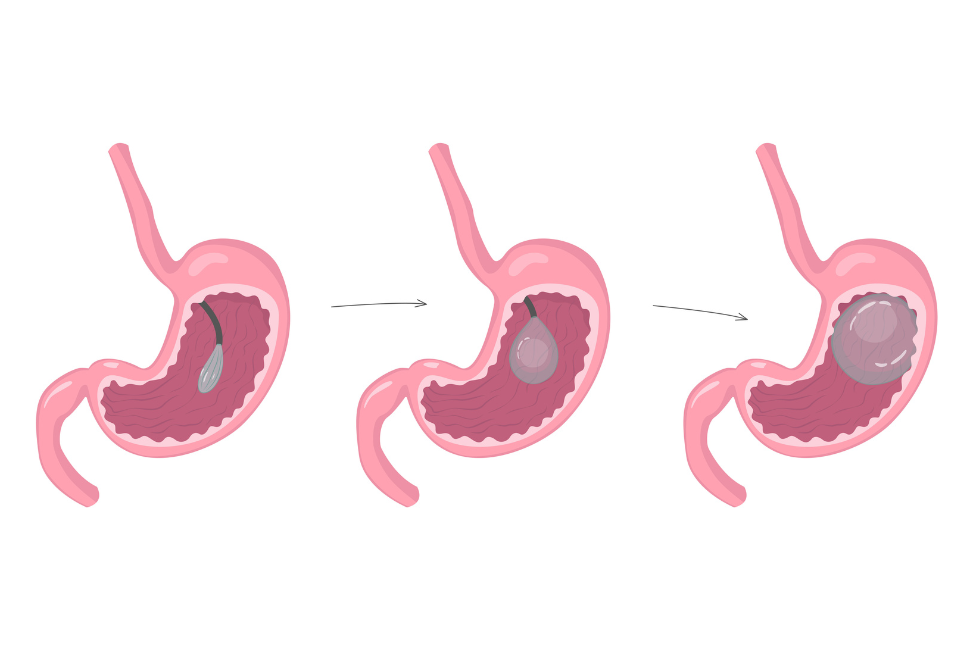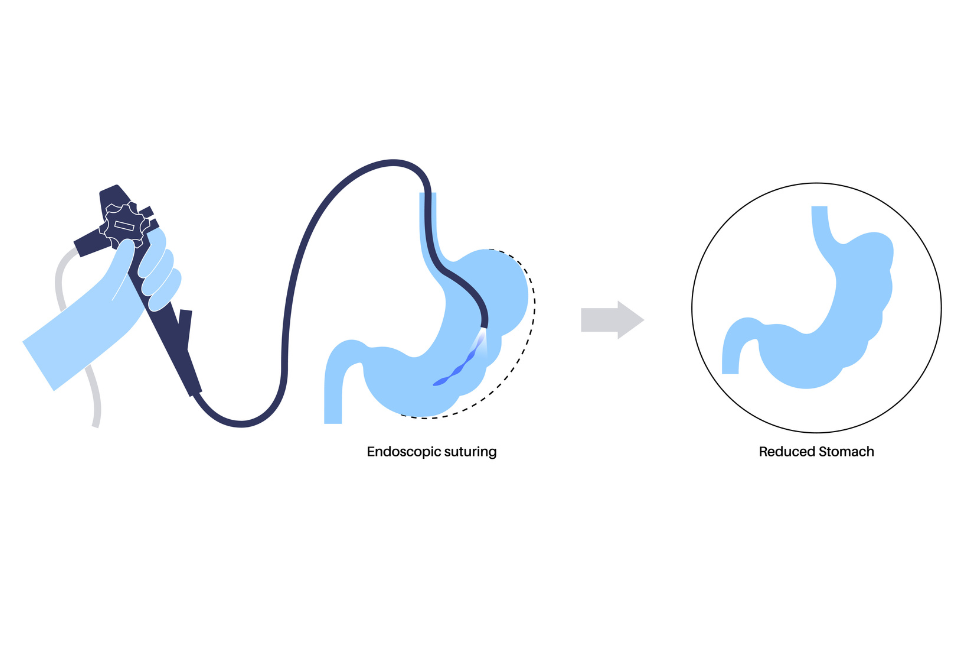There are two forms of endoscopic procedures currently available today. Each has pros and cons, and speaking with Dr. Tsuda is the next step toward understanding whether either is appropriate for your particular circumstances.
Endoscopic weight loss procedures are a relatively new addition to the continuum of care for patients with obesity. Unlike surgical interventions, no incisions are made in the abdomen. Instead, specially-made tools, including a high-definition camera, are introduced into the stomach through the mouth. They are made to pass through the esophagus without causing damage, allowing the surgeon to perform the procedure from within. Endoscopy may be appropriate for patients who are not good candidates for surgical intervention or who fear surgery. Generally speaking, while they may be very effective for long-term weight loss, they do not have the same weight loss potential as stapled surgical procedures.



